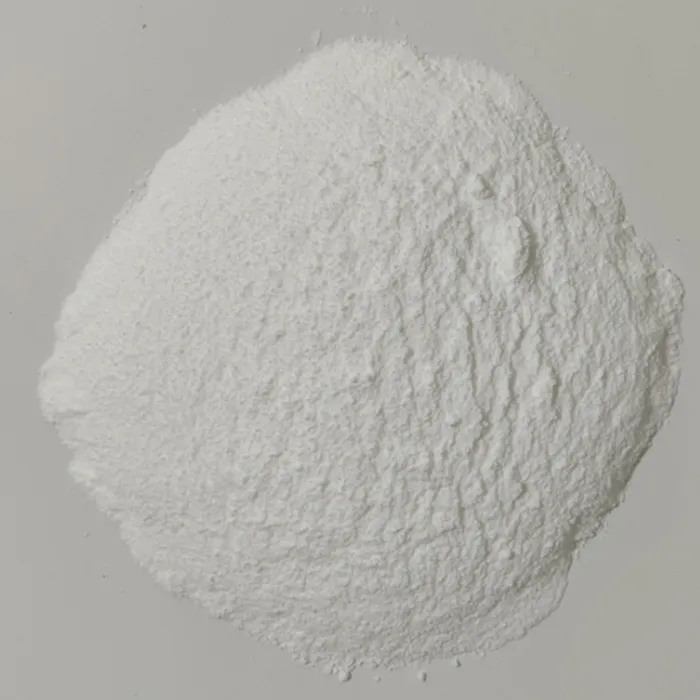Chemical Used in ETP Plants An Overview
Effluent Treatment Plants (ETP) play a critical role in wastewater management, particularly in industries that generate significant amounts of effluent. These plants utilize a variety of chemicals to treat wastewater and ensure that it meets environmental regulations before being discharged. Understanding the chemicals used in ETP plants is essential for optimizing treatment processes and improving overall efficiency.
Common Chemicals in ETP
1. Coagulants These are essential in the coagulation process, where tiny particles clump together to form larger aggregates called flocs. Common coagulants include aluminum sulfate (alum), ferric chloride, and polyaluminum chloride. The choice of coagulant depends on the nature of the wastewater and the types of contaminants present. Coagulants help in removing suspended solids, turbidity, and some dissolved materials, thereby enhancing the efficiency of subsequent treatment processes.
2. Flocculants After coagulation, flocculants are added to facilitate the agglomeration of these flocs. Polyacrylamide and other synthetic polymers are frequently used as flocculants. They improve the settling characteristics of the flocs, making it easier to separate them from the treated water. The use of flocculants is particularly important in achieving clear effluent for discharge or reuse.
3. pH Adjusters The pH level of wastewater significantly impacts the effectiveness of various treatment processes. Chemicals such as hydrochloric acid and sodium hydroxide are used to adjust pH. Acidic or alkaline conditions can influence the solubility of certain contaminants, making it easier or harder to remove them during treatment. Maintaining the appropriate pH helps optimize the performance of coagulants and flocculants.
chemical used in etp plant

4. Disinfection Chemicals Following the primary and secondary treatment processes, disinfection is vital to eliminate any remaining pathogens from the effluent. Chlorine, ozone, and ultraviolet (UV) light are common disinfection methods. Each method has its own advantages and drawbacks, with chlorine being effective but potentially forming harmful by-products, while UV is chemical-free but may not provide residual disinfection.
5. Nutrient Removal Chemicals In wastewater with high nitrogen and phosphorus content, chemicals such as ferric chloride or alum are also used for nutrient removal. They help precipitate these nutrients out of the solution, preventing eutrophication in water bodies receiving the effluent. Biological treatment methods, complemented by chemical aids, can be employed to effectively degradation nitrogenous compounds.
6. Organic Solvent and Surfactants In some industries, organic solvents and surfactants can pollute wastewater. Chemicals like activated carbon and specific surfactants are employed to absorb or break down these contaminants. Their use aids in minimizing toxic impacts on aquatic life and improves the overall quality of treated water.
Conclusion
The successful operation of an ETP plant relies heavily on the selection and management of various chemicals. Understanding the role of each chemical can lead to more effective treatment processes, lower operational costs, and better compliance with environmental regulations. As industries evolve and new contaminants emerge, innovations in chemical treatment will be crucial for enhancing the efficiency and effectiveness of ETP plants. Continuous research and development of more sustainable alternatives will also play a significant role in the future of wastewater treatment, aiming to minimize chemical usage while maintaining high treatment standards.

